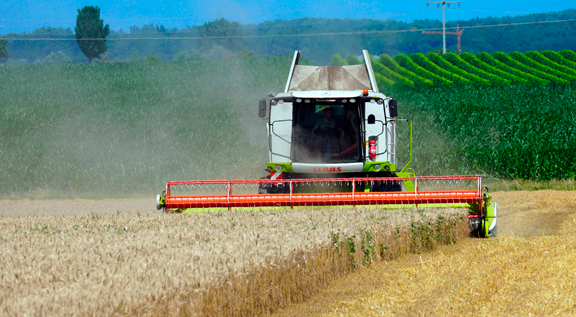
Image: Pixabay
The scenario is largely due to the climate, which is favorable in most of the country's grain-producing regions. In November of this year, a large volume of rain was recorded, exceeding the average in several locations, mainly in the Southeast, Central and Oeste and Matopiba, which favors the development of 1st harvest crops. However, in the south of the country, the rainfall recorded was not enough to reach the average for much of the region.
The growth in production follows the increase in the planted area. According to the state-owned company, Brazilian farmers will allocate around 72 million hectares to planting grains, including 1st, 2nd and 3rd harvest crops, an increase of 4.3% over the 2020/21 period.
{module Form RD}
Soy and corn remain the two main products that drive good results. For oilseeds, an increase of 3.7% in the area to be sown is expected, reaching 40.3 million hectares. Productivity tends to remain close to that obtained in the previous harvest, currently estimated at 3,539 kg/ha. As a result, a harvest of 142.8 million tons is expected, a performance that keeps the country as the world's largest soybean producer.
In the case of corn, the expected growth is 34.6% in total production, with a predicted volume of 117.2 million tons. The high percentage reflects the recovery in productivity, mainly in the second cereal harvest, which was negatively impacted in the 2020/21 cycle by the climate adversities recorded.
Growth is also expected in the cotton planting area. The forecast is that cultivation will occur in an area of 1.49 million hectares, resulting in an increase in production. Just for the fiber plume harvest, an increase of 10.7% is expected compared to the 2020/21 harvest, reaching 2.6 million tons.
For beans, Conab expects an increase in production driven by improvements in crop productivity. Even with the expectation of a smaller sown area, adding up the three harvests, legume producers are expected to harvest 3.1 million tons. As for rice, the estimate is for the cultivation area to be maintained with a slight drop in production of 2.5%, remaining around 11.5 million tons.
In the final harvest phase, wheat production is estimated at 7.8 million tons, a new record for the country.
By: Eliza Maliszewski | agrolink










